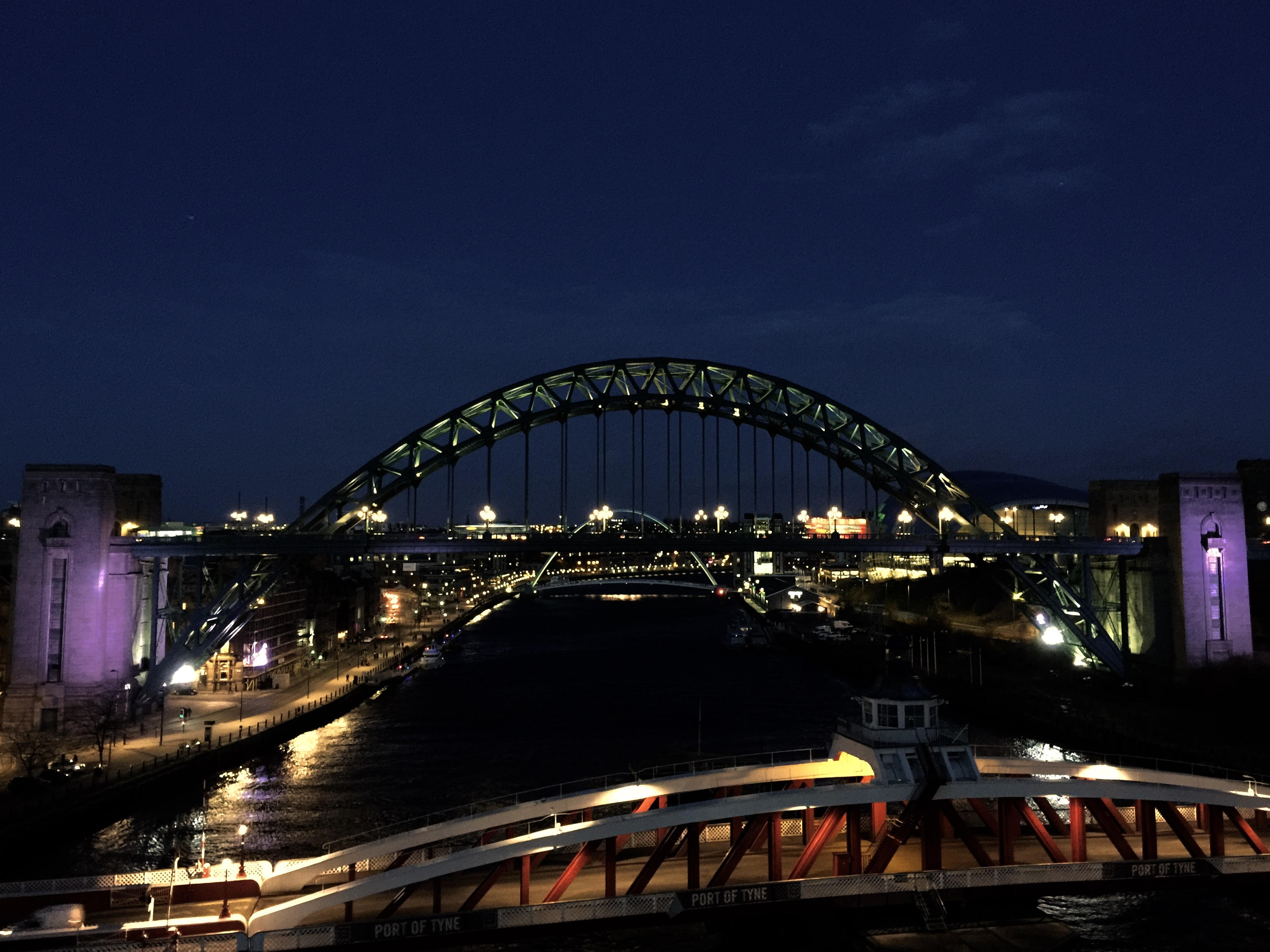United Kingdom, Newcastle upon Tyne
FC-01x Future Cities (Self-Paced) - Exercise 1 : "Making the Invisible - Visible"

Uploaded on 2016-07-29 by Pearson Brown
Three bridges cross the river Tyne- the Swing Bridge, Tyne Bridge and the Millennium Bridge. The promenade on the left (Newcastle side) features pedestrians as well as a road parallel to it with cars. The two sides of the river are lit by streetlights. Iconic buildings are on the riverbanks, the most famous buildings of Newcastle (and Gateshead) are all close to each other. A lack of boats on the water is also present. The invisible information is as follows. The streetlights and pedestrians suggest nightlife is present. This suggests money and time has been spent on this area. Urban planners have seemingly made this into the core region of the city. This claim is backed up by the number of iconic buildings in this area. Pedestrian counts at certain times of the day and in different locations may be carried out as this helps identify the actual impact of nightlife. Secondly the three bridges here were built in chronological order- with the closest bridge the oldest and the furthest the newest. Newcastle is renowned for it's Bridge architecture and the bridges here suggest an exhibition and history of how bridge architecture has developed over the years. The development hints further at this being a core region and how purpose and function of structures has changed over decades. It shows different ways of transport and how they have adapted. Building on the first point, the presence of streetlight and pedestrians proves to urban planners where the interest and tourism of the city is centered around. This helps future companies to decide whether to come and move their business here or not. The streetlights and pedestrians give us the idea that nightlife is here and there is a tourist attraction. The data from a pedestrian count may be used to encourage tourism in this area and improve the local economy in a new way.